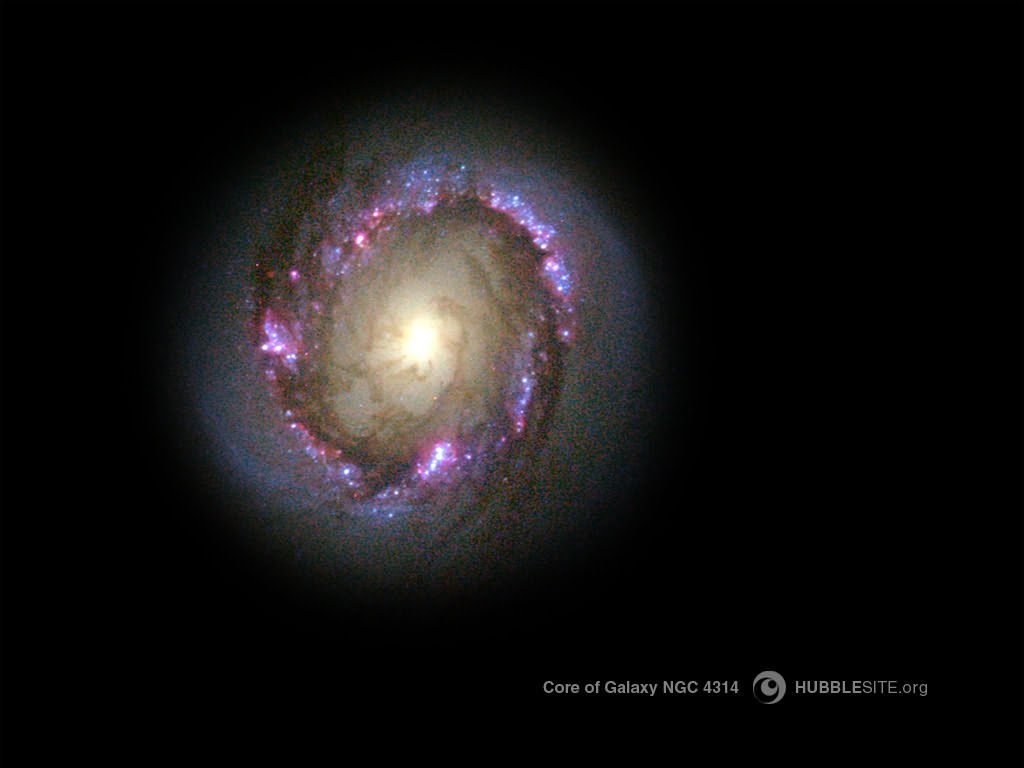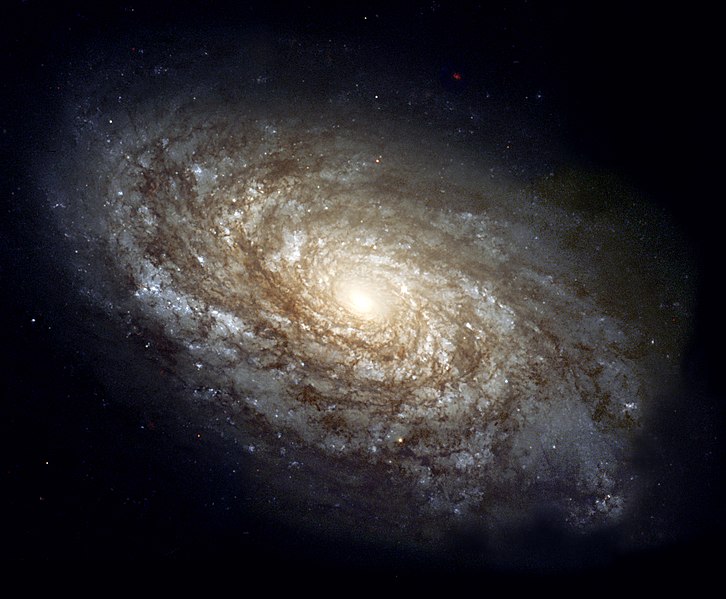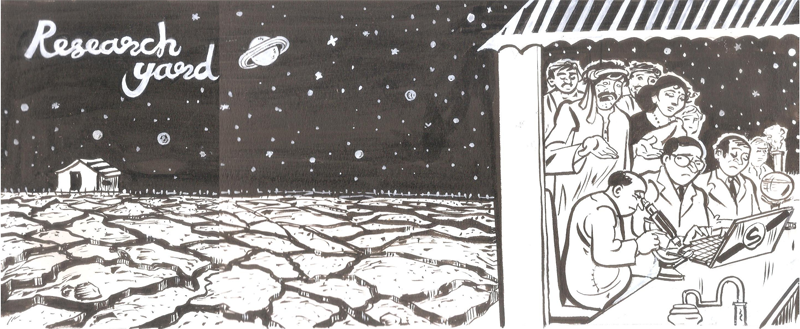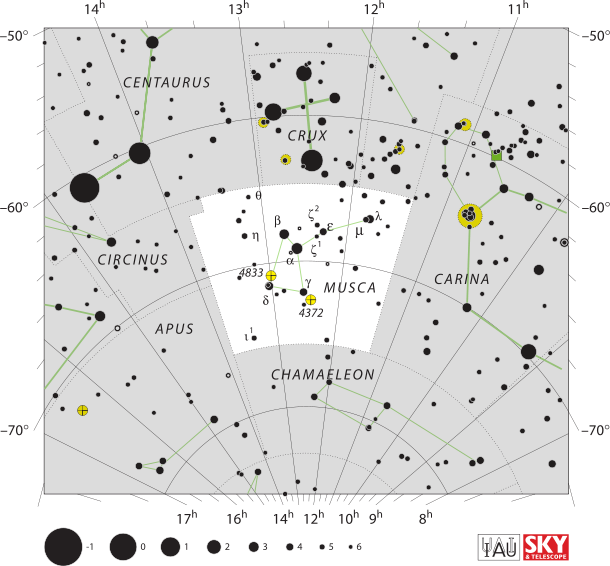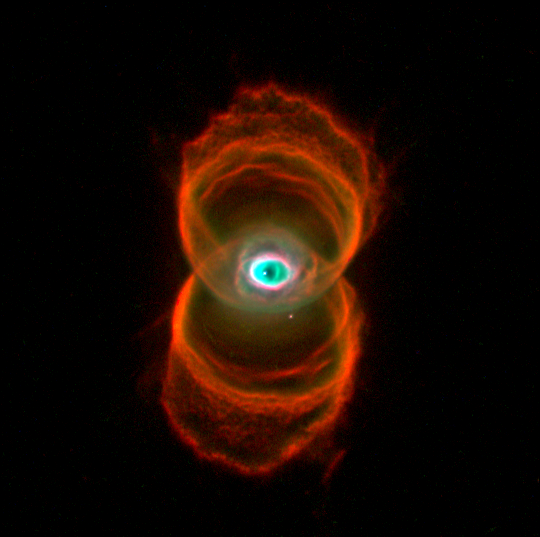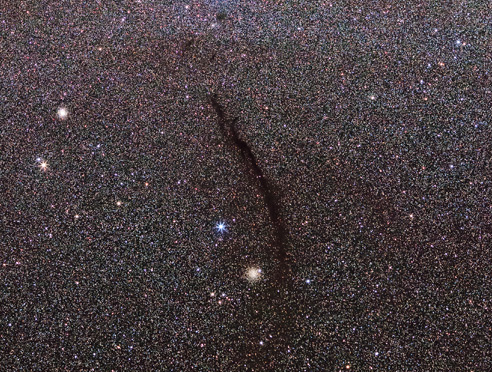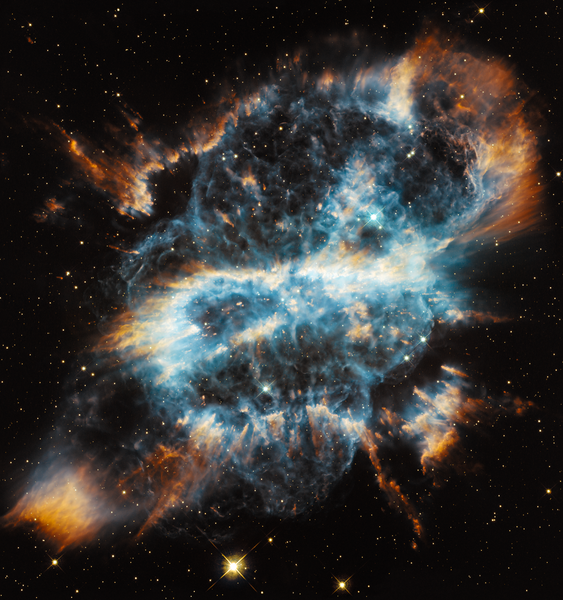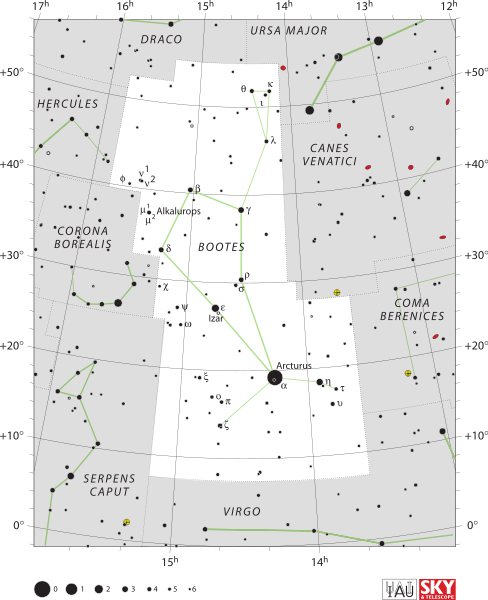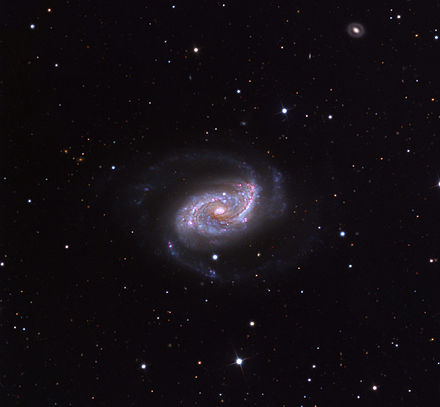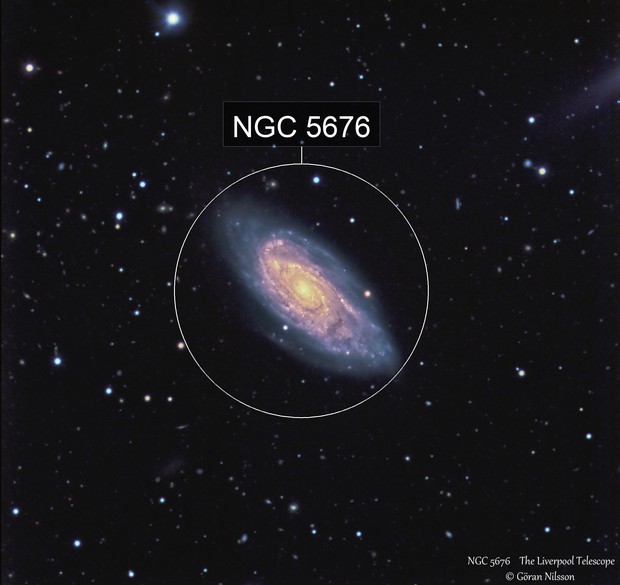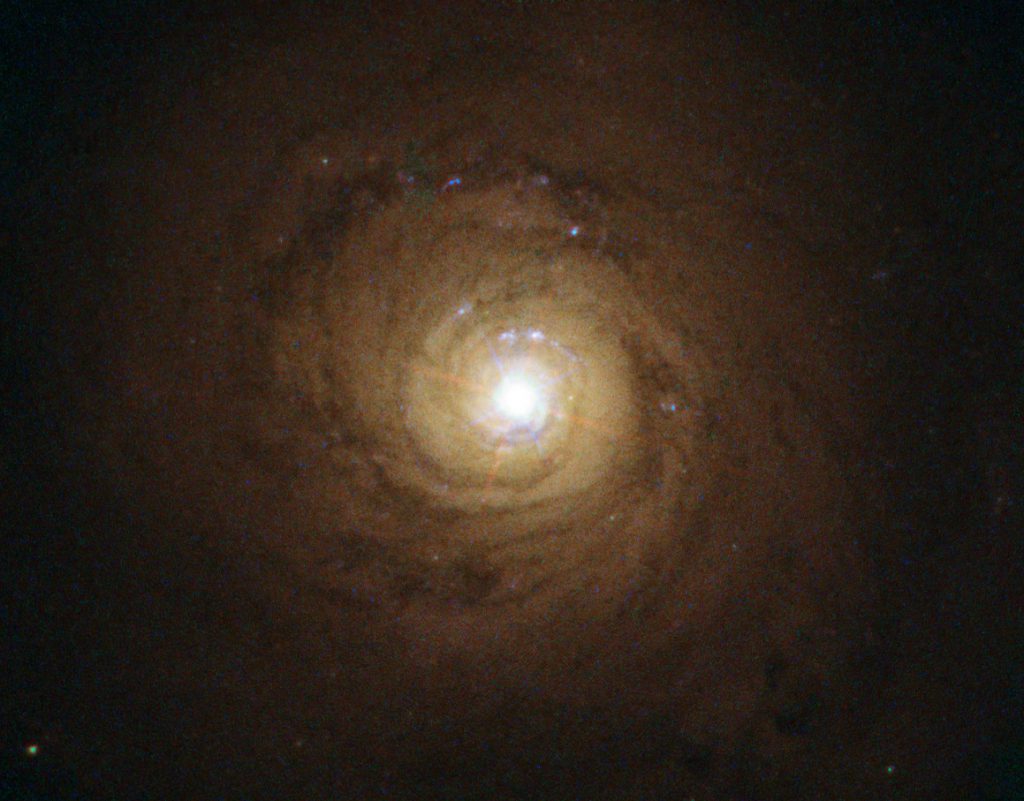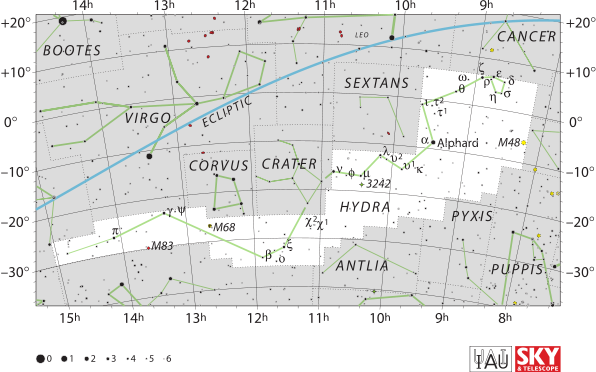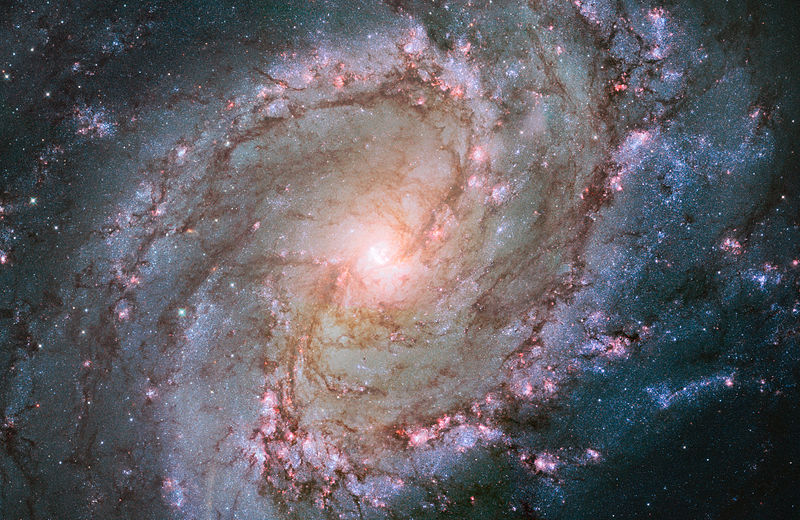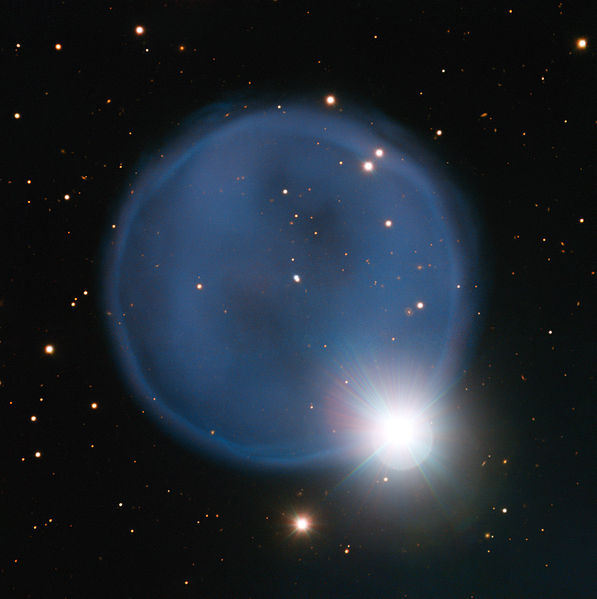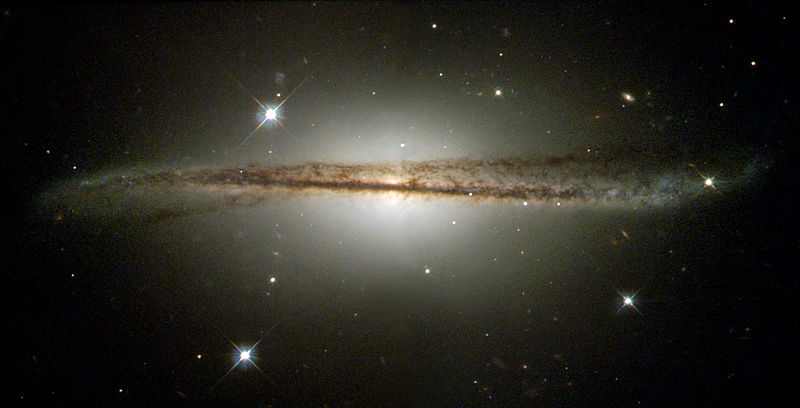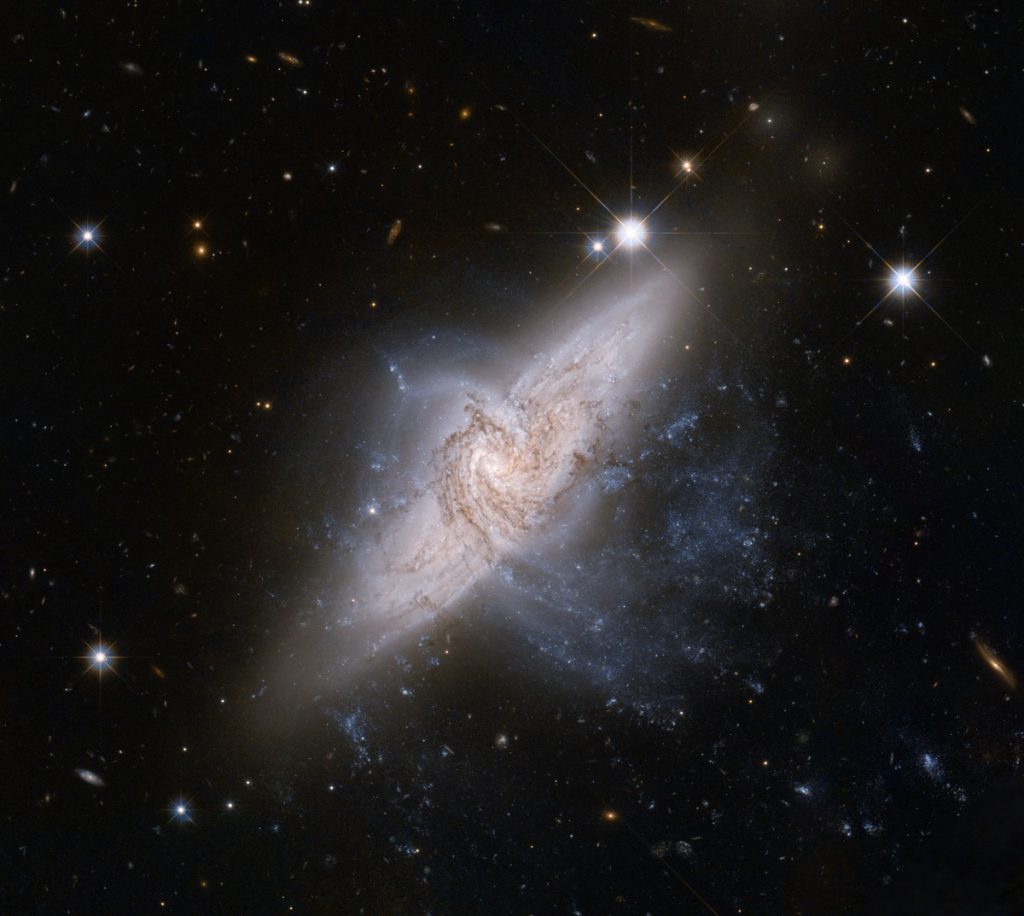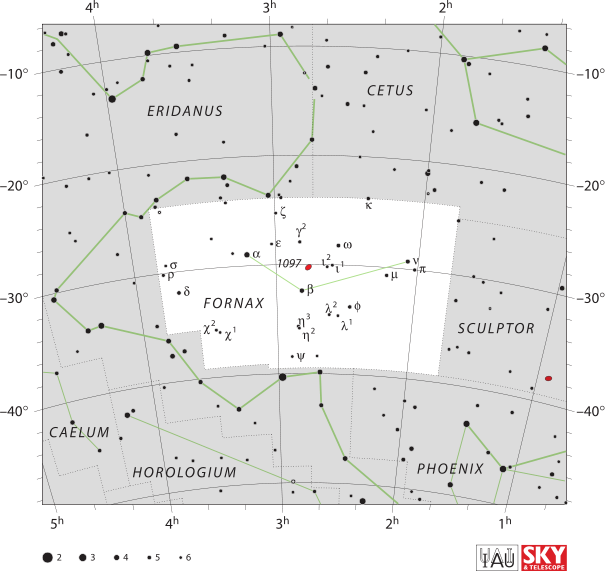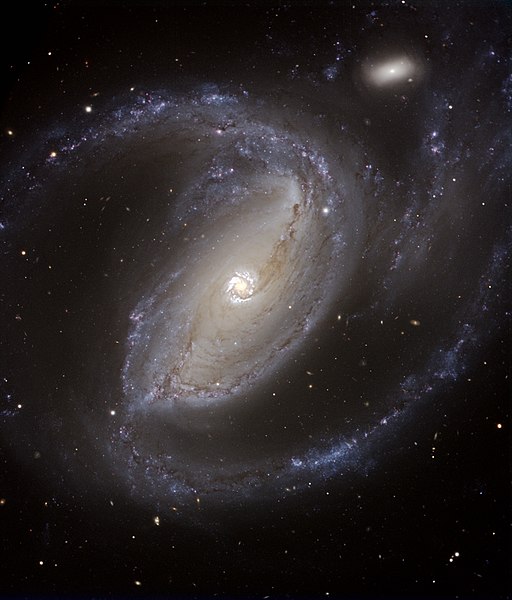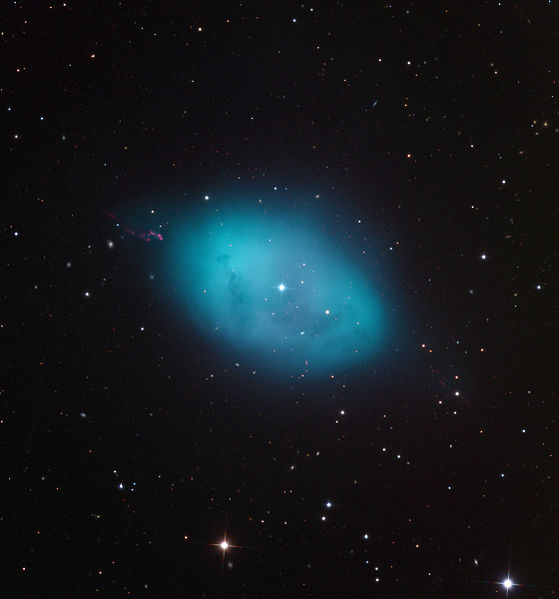Coma Berenices means Berenice’s Hair in Latin, referring to the Queen Berenice II of Egypt. The main stars of the constellation are Alpha, Beta, and Gamma Comae Berenices among which Beta is the brightest. Gamma Comae Berenices (15 Comae Berenices) lies 169 light-years from Earth and is an orange-hued giant star. The rich galaxy cluster, Coma Cluster, is located in this constellation. This is a whole another world and I advise you to read about this cluster here. Fun Fact: it was after observing Coma Cluster that Fritz Zwicky came up with the idea of dark matter – or that galaxies contain more mass than their visible, measurable mass. The giant, low surface brightness galaxy Malin 1 resides in this constellation. FK Comae Berenices is a variable star of the constellation and the Supernova SN 1940B which is the first type II supernova was observed in Coma Berenices.
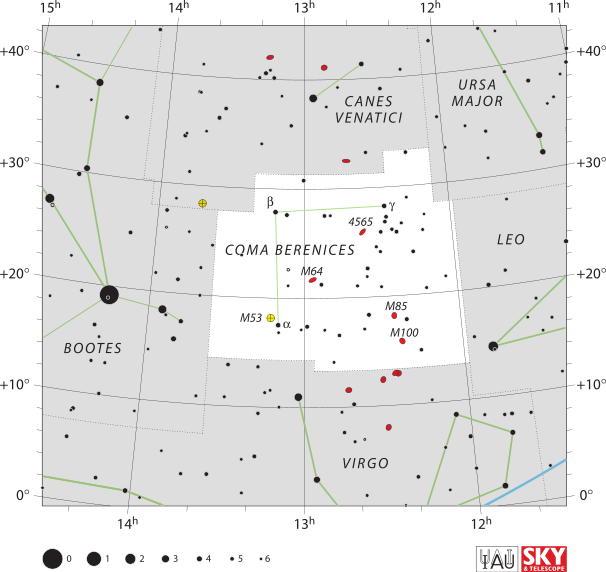
For the multiple stars residing in the constellation, we have 21 Comae Berenices which is a close binary. Coma Cluster is known to have eight spectroscopic binaries so far. The constellation itself has over thirty double stars, over 200 variable stars, and seven eclipsing binaries named CC, DD, EK, RW, RZ, SS, and UX Comae Berenices. HD 108874 and WASP-56 are the two stars hosting planets in this constellation. Coma Berenices also owns three globular clusters: M53 (NGC 5024), NGC 4147, and NGC 5053.
Due to being a part of Coma and Leo clusters and Virgo cluster, Coma Berenices contains a large number of galaxies. Some large elliptical galaxies such as NGC 4874 and NGC 4889 also reside in this constellation. The black hole at the center of NCG 4889 is one of the most massive black holes ever known (21 billion solar masses). NGC 4921 is the brightest spiral galaxy of the constellation. Here we only name some of these galaxies which are more particular in features.
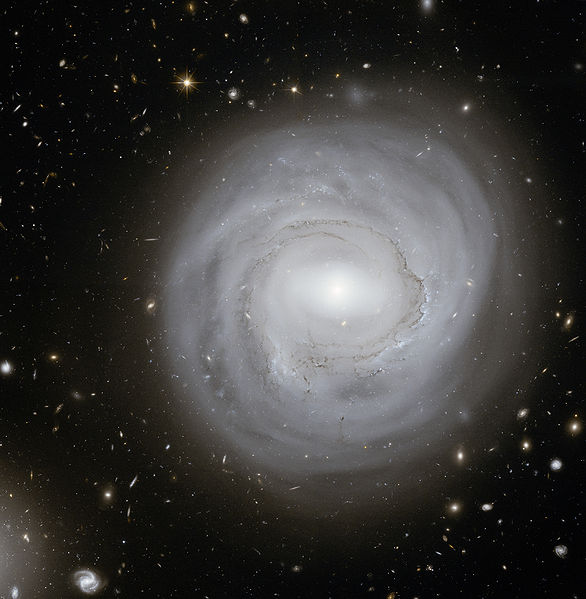
One of the interesting galaxies of this constellation is Mice galaxies located 300 million light-years from Earth which is composed of interacting galaxies. This encounter resulted in triggering star formation in both galaxies involved with long tails of dust, stars, and gas.
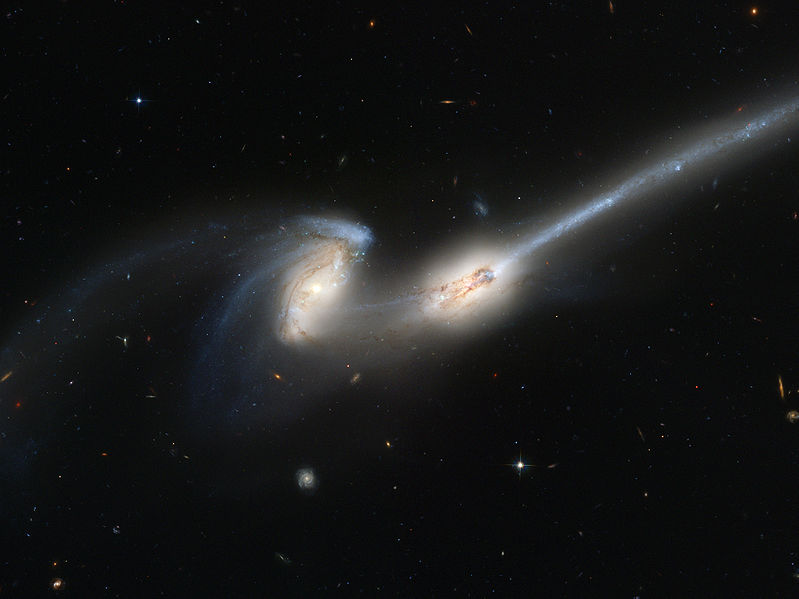
M85 (NGC 4382) is a lenticular/elliptical galaxy belonging to Virgo cluster, and it is interacting with the barred spiral galaxy NGC 4394.
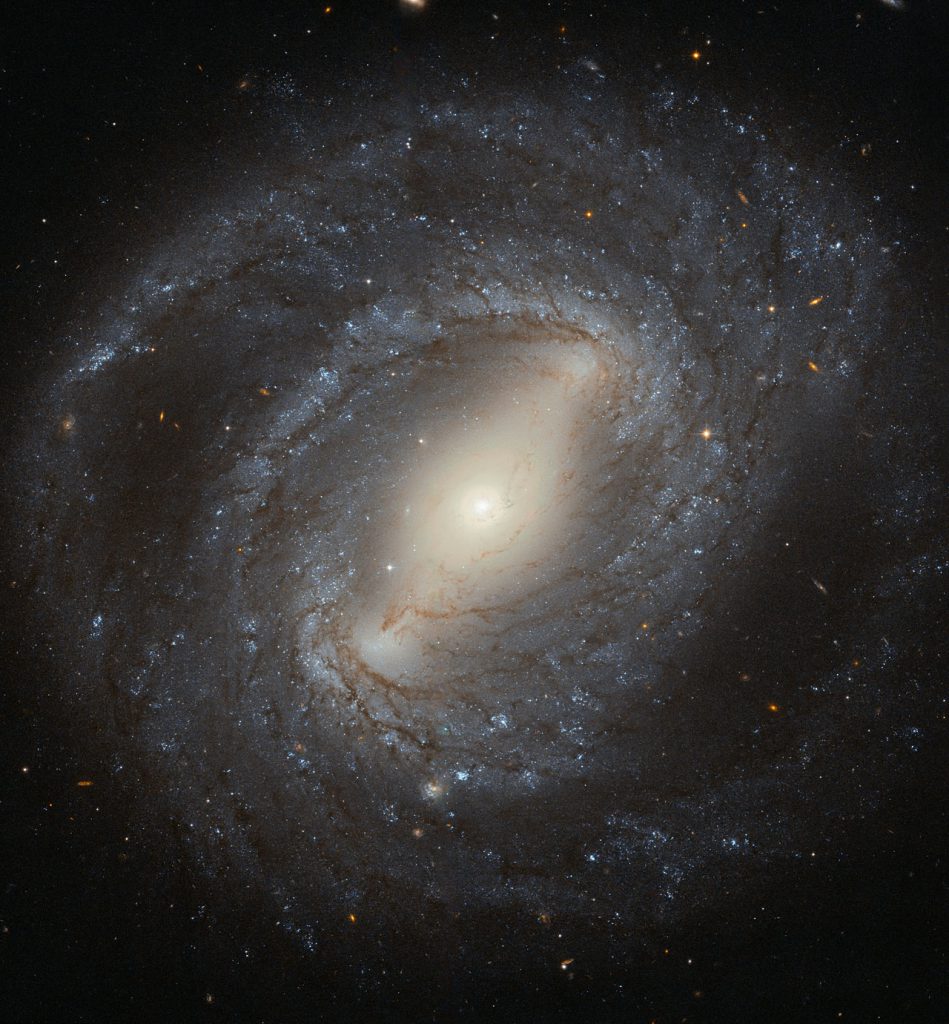
M88 is another spiral galaxy belonging to Virgo cluster. M91 is a barred spiral galaxy of this cluster, and M98 is an elongated spiral galaxy of this cluster. M99 and M100 are two other spiral galaxies residing in this cluster.
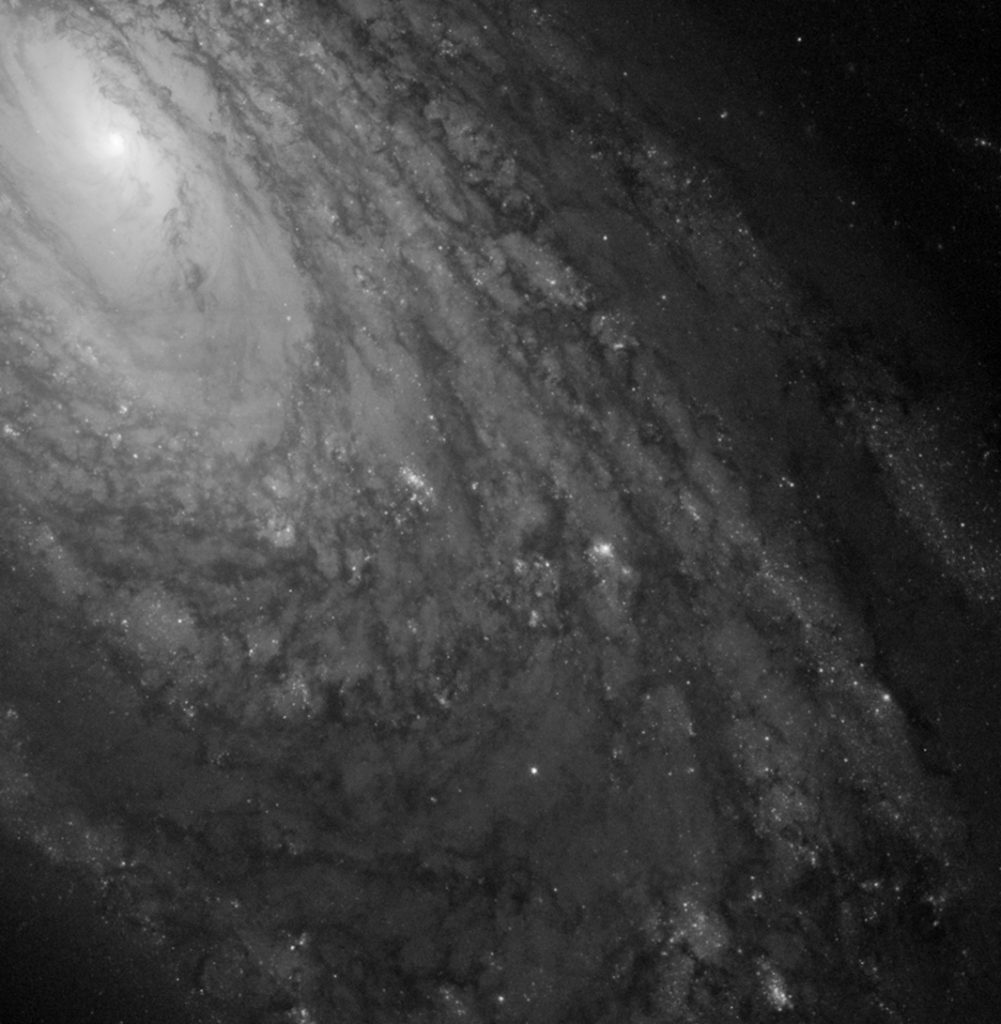
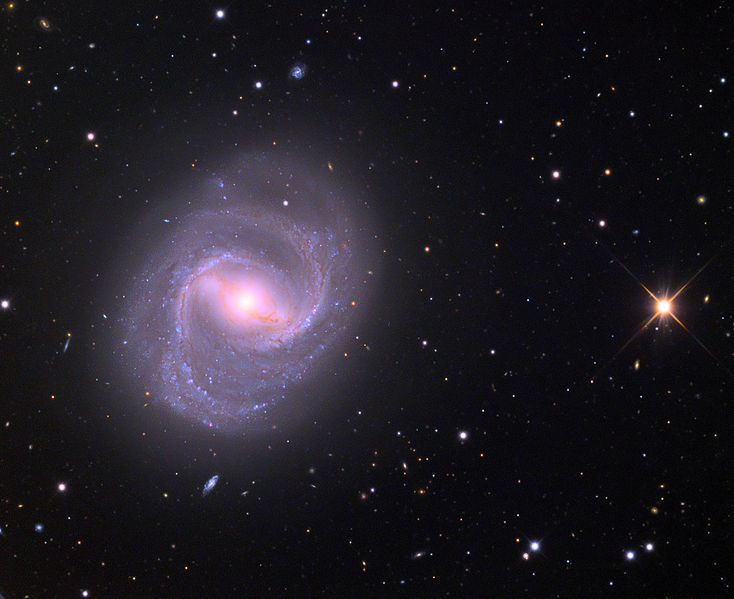
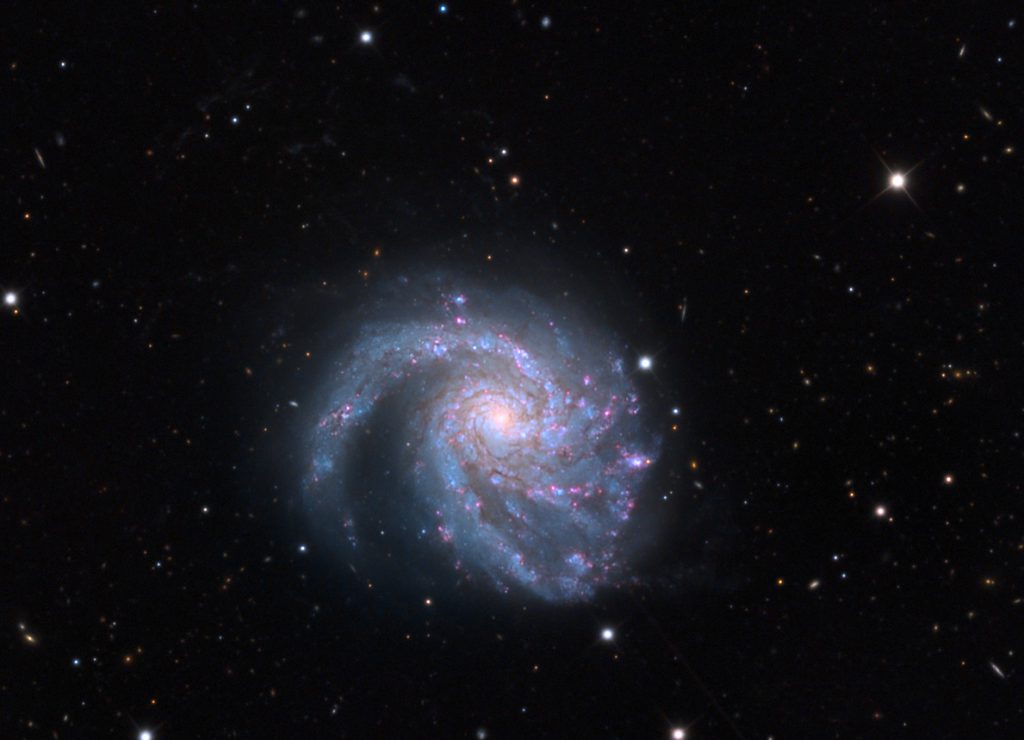
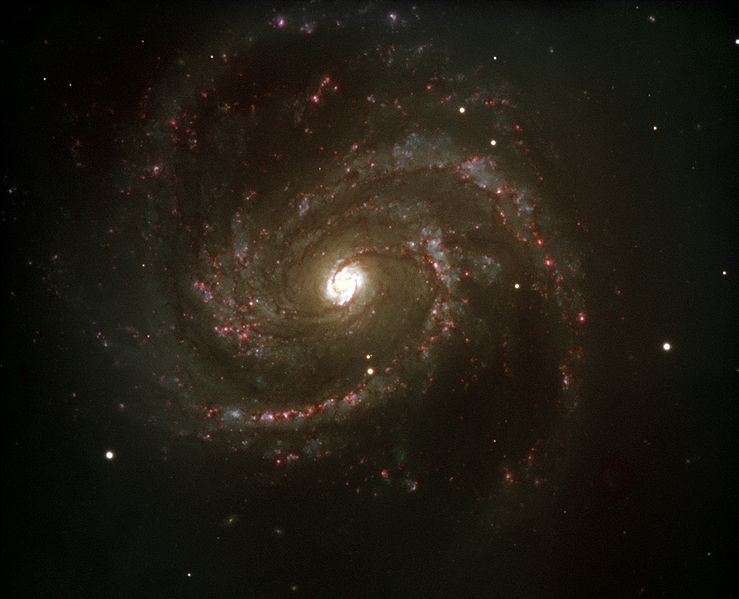
M64 is one of the most beautiful galaxies of Coma Berenices, which is also called the Black Eye Galaxy due to its long, dark dust lane covering most of it.
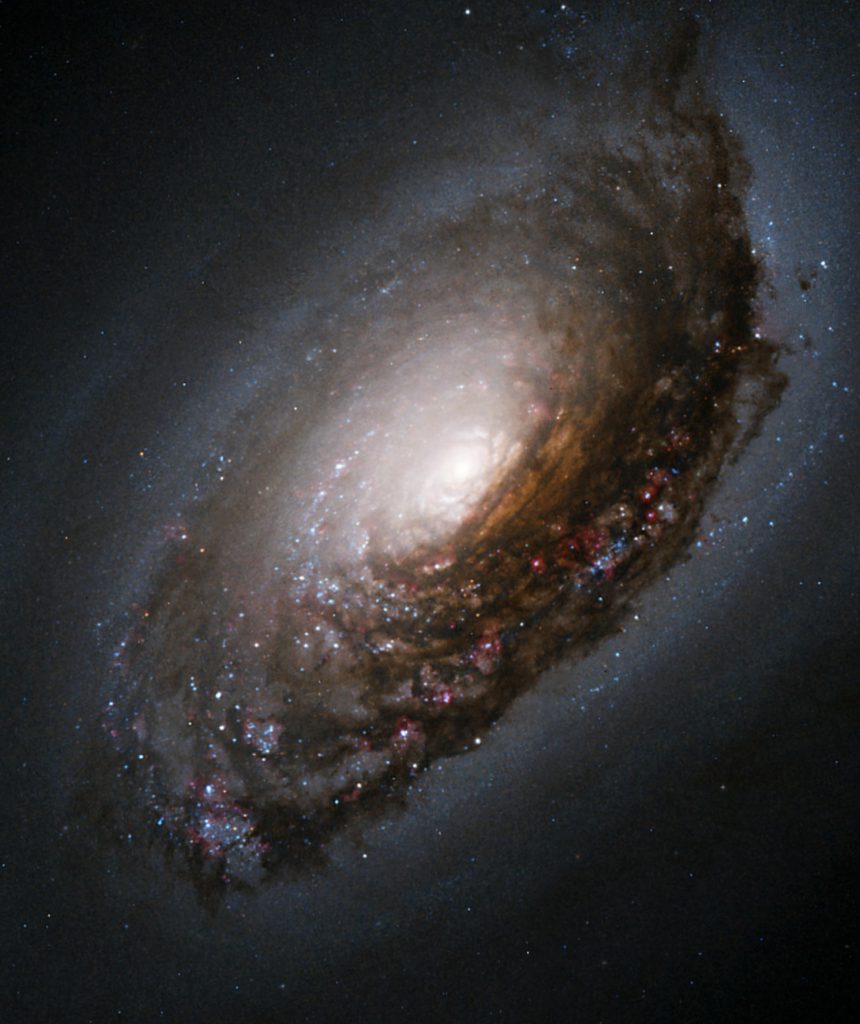
NGC 4314 is another beautiful galaxy (a barred spiral galaxy) located in Coma Berenices. NGC 4414 is, on the other hand, an unbarred spiral galaxy.
